Originally posted Feb 2014
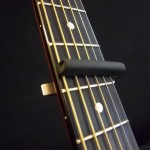 I get a lot of requests for Dylan and Neil Young songs, and I do what I can, but you can actually figure out a lot of this stuff yourself through experimentation, by listening to the recording with a harp in your hand, blowing along and trying to match the sound.
I get a lot of requests for Dylan and Neil Young songs, and I do what I can, but you can actually figure out a lot of this stuff yourself through experimentation, by listening to the recording with a harp in your hand, blowing along and trying to match the sound.
The big question becomes: what key harp are they using? Dylan, Neil Young, Springsteen and other rockers who play harp in a rack usually play mostly straight harp, also known as first position. That means, if you can figure out the key of the song, you’ll have the harp key also.
You can look up a guitar tab for the song and usually the first or last chord will match the key of the song. Sometimes, however, there’s a capo involved. A capo is a clamp placed on the neck of the guitar to make the same chords sound higher.
Without a capo, a C chord is just a C chord. Place a capo on the 1st fret however, and now a C chord sounds like a C# chord. Place a capo on 2nd fret and your C chord sounds like a D chord. Move the capo to 3rd fret and your C chord sounds like an Eb chord. Move the capo to 4th fret and your C chord sounds like an E chord.
For example, you look up a Dylan song whose guitar part includes the chords C F G and Am. Music theory and common practice will tell you that given these chords, the song is probably in the key of C.
Now, if this is a song that uses a capo placed at the 4th fret, you’re still using CFG and Am shapes, but you’ve moved the actual sound up to the key of E.
So you’d want an E harp for that song, since Dylan typically plays a harp in the same key as the song (straight harp, 1st position).
Now you can sit back, listen to the tune, blow around on your harp, and start trying to match the sounds you hear.
That intermediate step of figuring out the key is the tricky one, so feel free to ask your guitarist / pianist friends what key a song is in, or learn a little bit about capo position on guitar and you can determine it yourself.
Good luck and have fun!
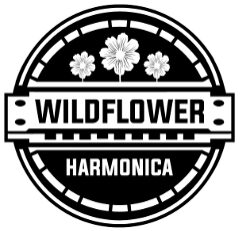
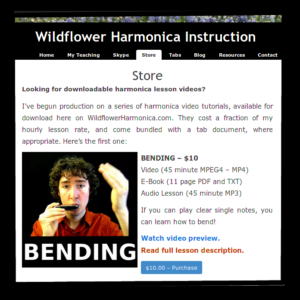
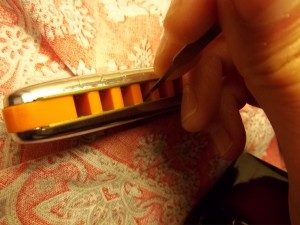 A reader named Alena wrote in to ask about her 4 draw. She said her 5 draw was nice and clear but 4 wasn’t playing. From her description, it sounded like maybe her 4 draw reed was stuck.
A reader named Alena wrote in to ask about her 4 draw. She said her 5 draw was nice and clear but 4 wasn’t playing. From her description, it sounded like maybe her 4 draw reed was stuck.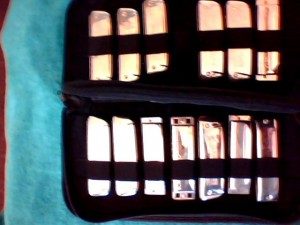 If you’ve been using my Tabs page, you may have noticed that I don’t always tell you which key harmonica to use.
If you’ve been using my Tabs page, you may have noticed that I don’t always tell you which key harmonica to use.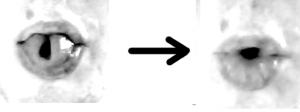
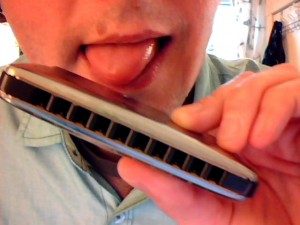 A reader asks, “Do harmonica players use their tongues?”
A reader asks, “Do harmonica players use their tongues?”